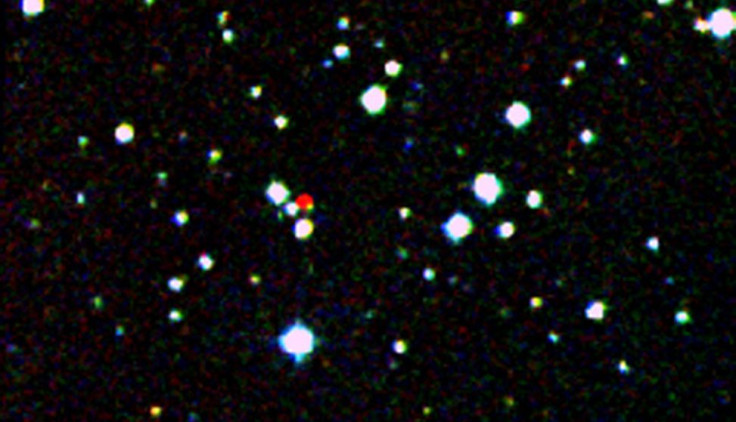‘Planet X,’ The Mysterious Planet Beyond Pluto, Is Nowhere To Be Found In NASA’s WISE Survey

Those hoping to replace Pluto with a new planet may be disappointed with news about the hypothetical “Planet X.” The gas giant looming in the outer reaches of our solar system was nowhere to be found as NASA’s Wide-field Infrared Survey Explorer observed millions of objects but no sign of Planet X.
According to NASA, new analysis of the WISE data didn't turn up any evidence of Planet X. The research, published in the Astrophysical Journal, was unable to observe a Saturn-size planet, or larger, 10,000 astronomical units away and no Jupiter-size planet, or larger, 26,000 au. An astronomical unit is the distance between the earth and the sun, 93 million miles.
Planet X, or Tyche, is a hypothetical gas giant, up to four times larger than Jupiter, that could be found in the Oort Cloud and affecting the orbits of comets. Two University of Louisana at Lafayette physics professors, John Matese and Daniel Whitmire, are credited as the researchers behind the theoretical planet. When news of their research began getting plenty of mainstream attention in 2011, it was met with plenty of doubt.
Tyche would have been incredibly difficult to observe as it would be very dim and far away. Its orbit is “15,000 times farther from the sun than the earth's,” according to a 2011 Independent article.
Matese and Whitmire, along with Planet X critics, were looking forward to the WISE data. If the survey observed the planet, it would confirm their research, but not seeing it wouldn't entirely eliminate the possibility of the planet’s existence, notes Discover magazine.
The WISE mission was launched in 2009, and it was believed that the onboard infrared instruments would be able to observe such a dim object as the theoretical Tyche. The survey scanned the entire sky twice, from 2010 to 2011. The first time was at four infrared wavelengths and the second time used two infrared wavelengths. While the data didn't reveal Planet X, there were plenty of other discoveries.
Lead author Kevin Luhman, a Penn State University professor of astronomy and astrophysics, said in a statement, "The outer solar system probably does not contain a large gas giant planet, or a small, companion star." In a second study analyzing WISE data, led by astronomer Davy Kirkpatrick, of NASA's Infrared and Processing Analysis Center at the California Institute of Technology in Pasadena, researchers discovered 3,525 stars and brown dwarfs that were just 500 light-years away from the sun.
© Copyright IBTimes 2025. All rights reserved.






















